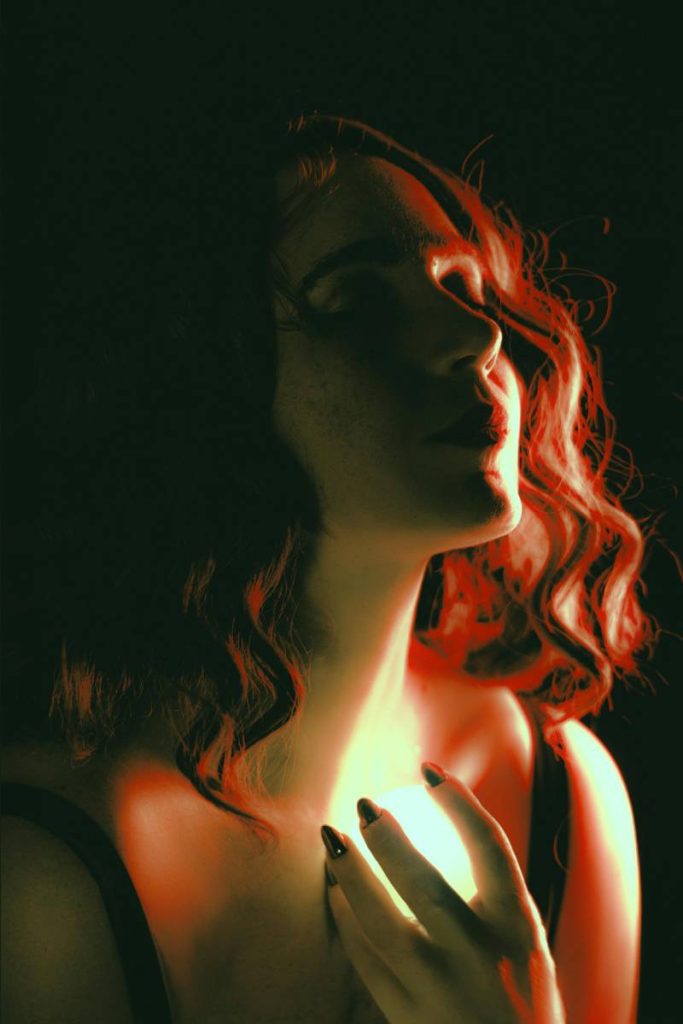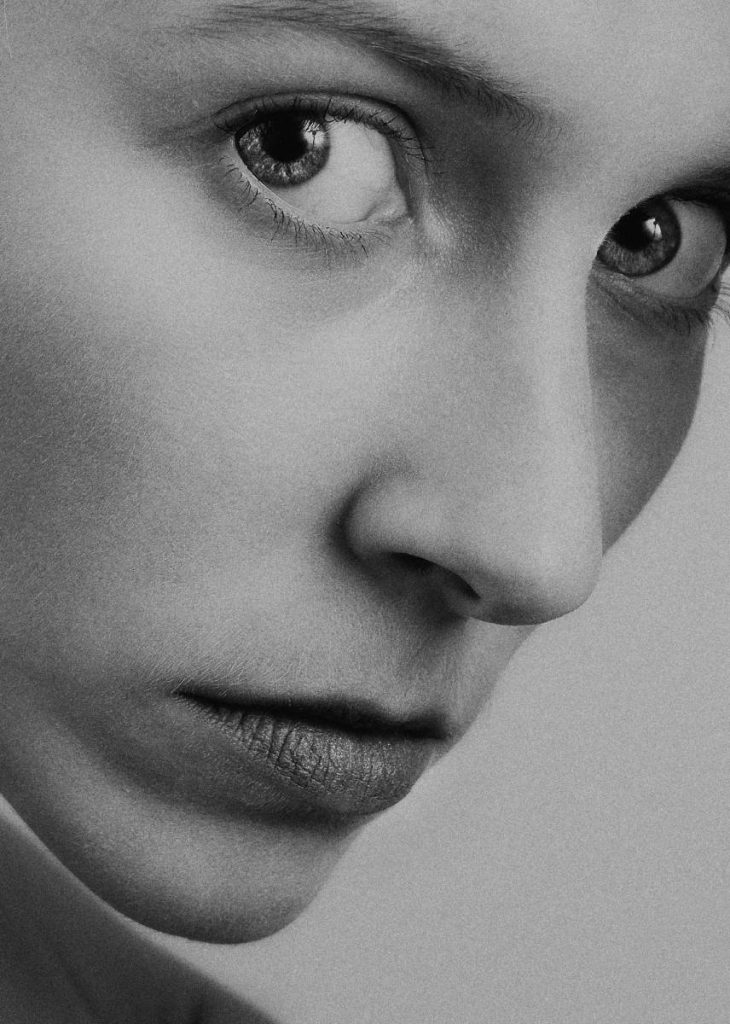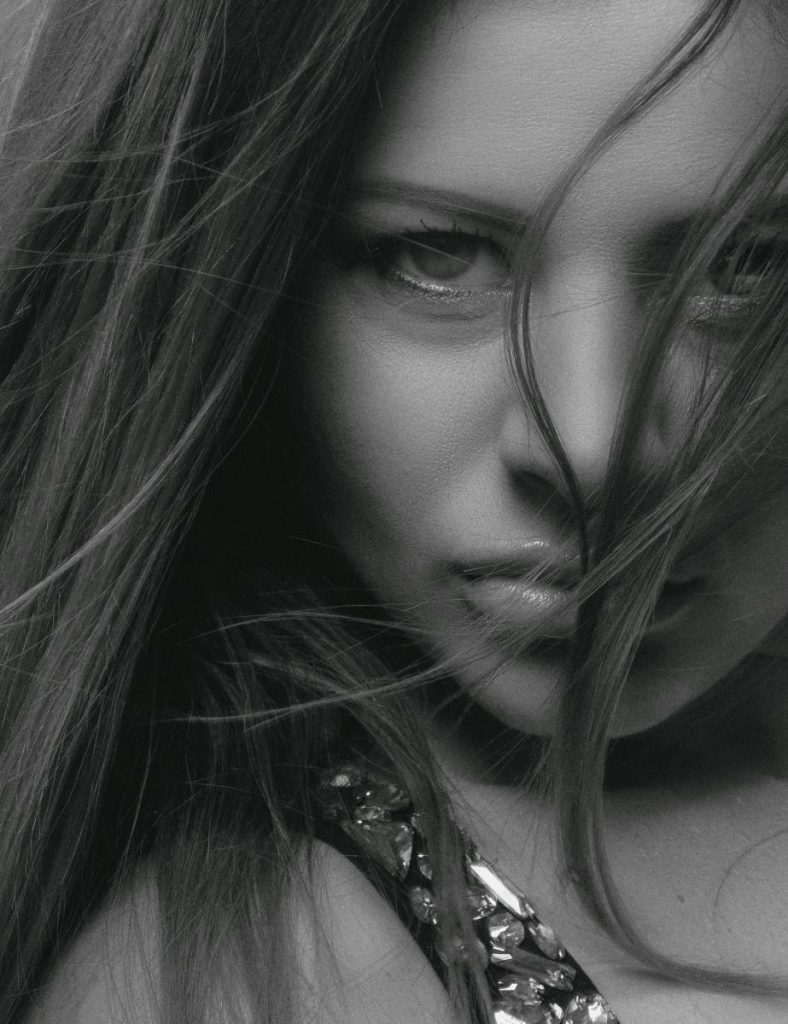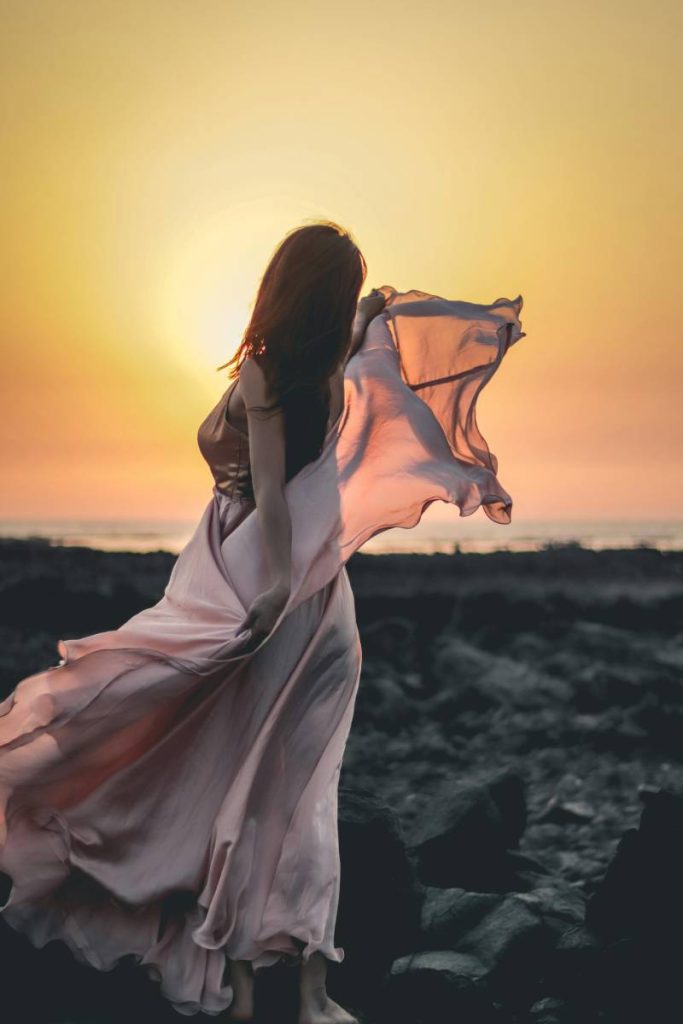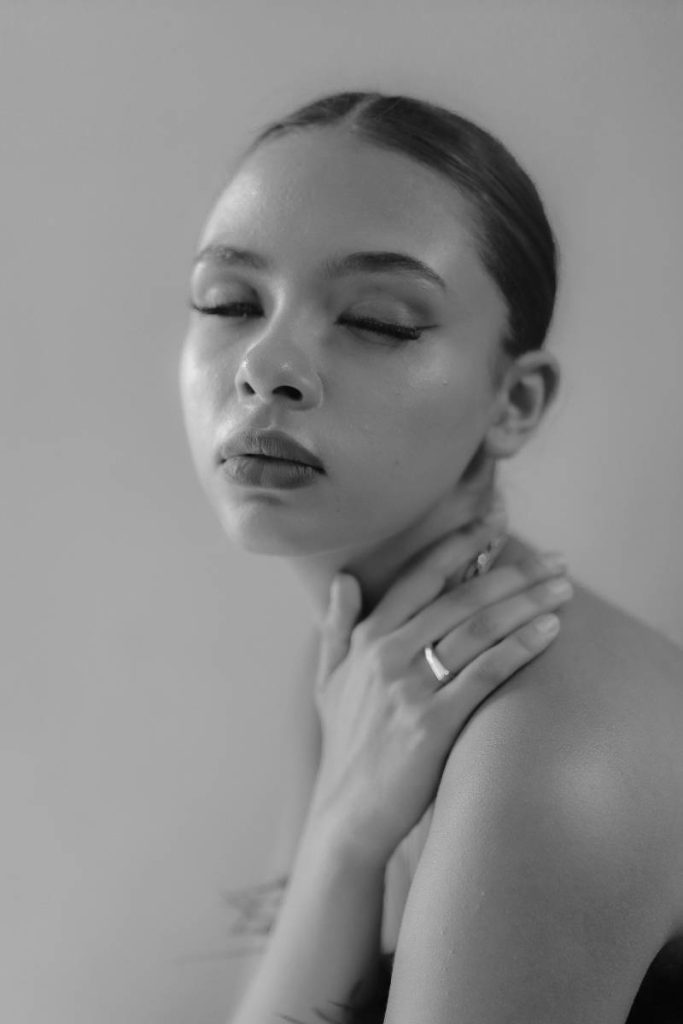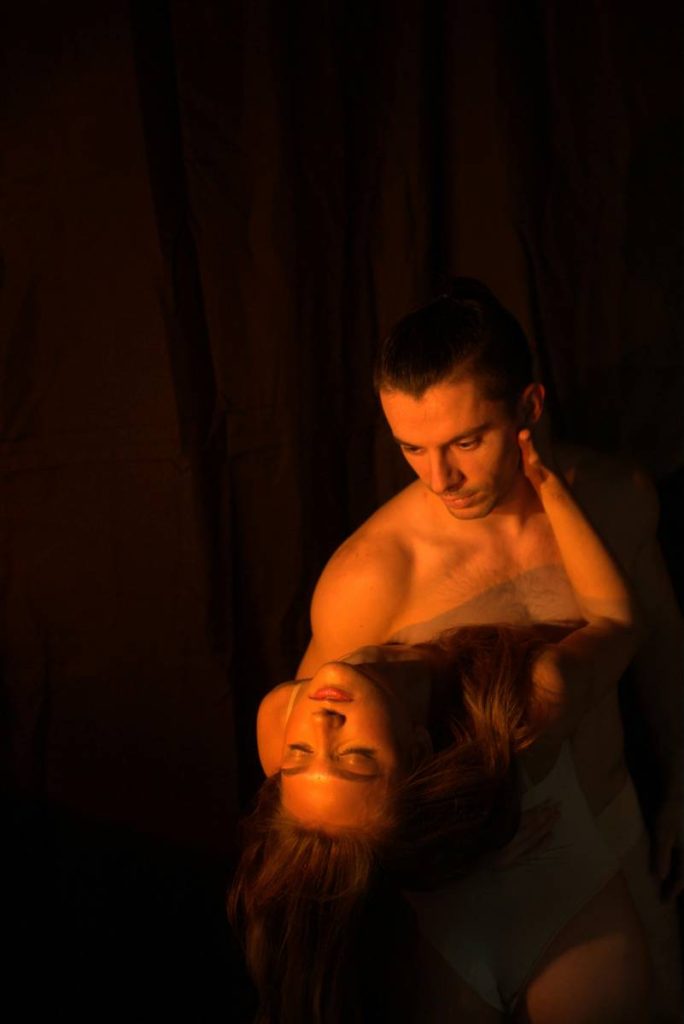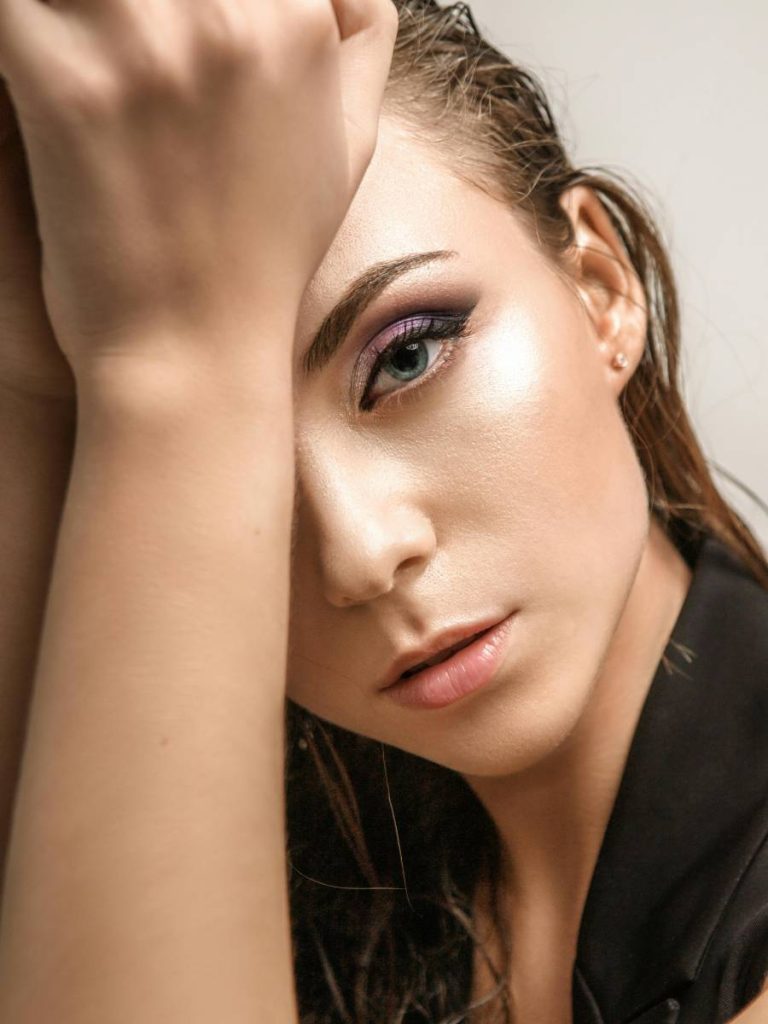Sensually Focused Photography: A Beginner’s Guide to Emotional and Intimate Visuals
What Is Sensually Focused Photography?
Sensually focused photography is a style that captures emotion, mood, intimacy, and physical beauty in a soft, artistic way. It doesn’t rely on nudity or shock—rather, it focuses on subtle gestures, soft lighting, close compositions, and the connection between subject and viewer.
This genre is common in fine art, fashion, boudoir, lifestyle, and editorial photography.

A Brief History of Sensual Photography
Sensual photography began as fine art nude portraits in the 19th century, focusing on form and emotion rather than explicit content. In the 20th century, magazines like Vogue and photographers such as Helmut Newton, Ellen von Unwerth, and Peter Lindbergh brought sensual photography into fashion and editorial work.
Today, sensual photography also includes intimate lifestyle shots, soft boudoir, and emotional storytelling—with a focus on comfort, honesty, and connection.
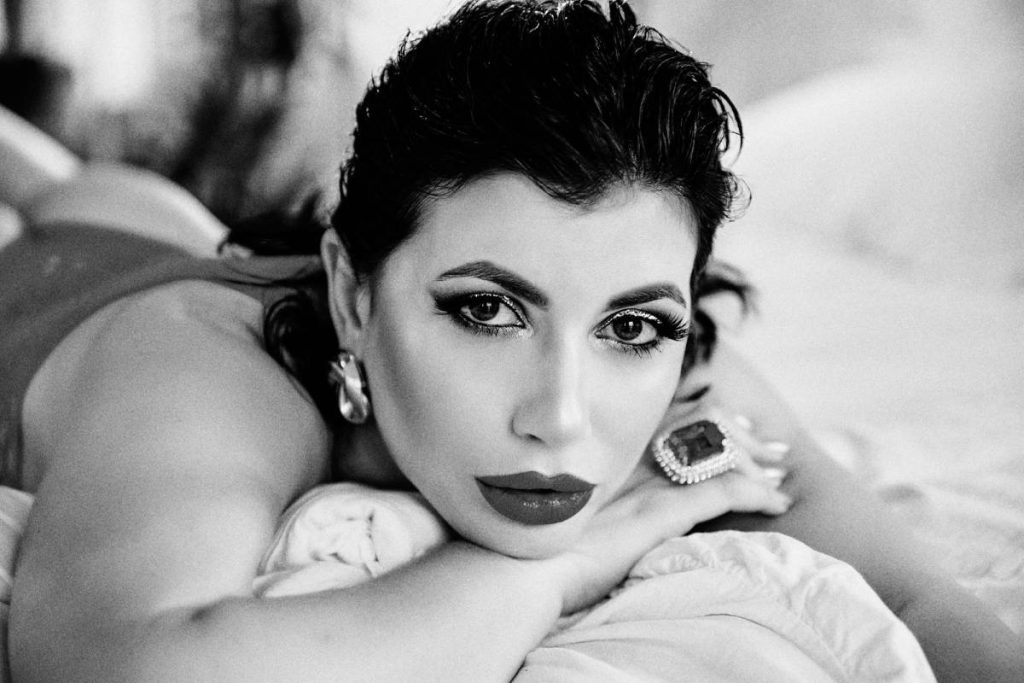
Features of Sensually Focused Images
- Soft Lighting: Natural light or diffused studio light
- Close Framing: Captures small details—hands, lips, eyes, skin texture
- Neutral or Warm Tones: Cream, beige, soft browns, and pastels
- Emotional Connection: Eye contact, vulnerability, sensual posing
- Minimal Distractions: Clean backgrounds and simple styling

Functionalities of Sensual Photography
- Personal Expression: Allows subjects to express vulnerability and confidence
- Intimacy & Trust: Builds deeper connection between subject and photographer
- Commercial Use: Used in beauty ads, fashion spreads, and perfume campaigns
- Therapeutic Value: Often used for self-love and empowerment shoots
Step-by-Step Development
1. Define the Mood and Message
Decide if the shoot will be romantic, empowering, emotional, or dreamy.
2. Choose the Right Gear
- Camera: Any DSLR or mirrorless with a 50mm or 85mm lens
- Lighting: Natural window light or soft LED panels
- Reflectors/Diffusers: To soften shadows and create a glow
3. Prepare the Location
- Indoor spaces with soft bedsheets, cozy corners, or natural light
- Outdoor spots like beaches at sunset or a quiet garden
4. Pick Simple, Sensual Props
| Prop Type | Examples |
|---|---|
| Fabrics | Silk sheets, lace curtains, flowing scarves |
| Furniture | Bed, vintage chair, window sill |
| Accessories | Jewelry, soft makeup, bare feet |
| Light Elements | Candles, fairy lights, natural shadows |
5. Guide the Composition
- Use close-ups and negative space
- Frame hands touching fabric, closed eyes, curves of the body
- Shoot from above, side angles, or through mirrors for softness
6. Edit With Subtlety
- Use warm tones and soft filters
- Reduce sharpness slightly for a dreamy look
- Apps like Lightroom, VSCO, or Photoshop work well
Advantages of Sensual Photography
- Emotional Depth: Goes beyond looks to show real feelings
- Empowerment: Makes subjects feel beautiful, confident, and seen
- Flexible Style: Can be artistic, romantic, or personal
- Creative Freedom: Lots of room for storytelling and visual poetry
- Growing Demand: Boudoir, lifestyle, and editorial markets love it
Disadvantages of Sensual Photography
- Requires Trust: Not every subject feels comfortable right away
- Can Be Misunderstood: Needs careful styling to avoid looking suggestive
- Privacy Issues: Subjects may not want public sharing
- Lighting Sensitivity: Poor lighting can ruin softness and mood
- Needs Emotional Awareness: Photographer must be sensitive and respectful
How to Become an Expert in Sensually Focused Photography
- Study Body Language and Emotions: Learn how people express vulnerability and connection
- Practice Soft Lighting: Work with natural light or use soft diffusers
- Work With Real People: Don’t rely only on models—everybody can express sensuality
- Learn to Communicate Gently: Build trust before and during the shoot
- Take Inspiration from Art: Study fine art, poetry, film, and classic portraiture
- Create a Safe Environment: Your subject’s comfort is more important than the photo
- Build a Portfolio: Keep it tasteful, powerful, and emotionally rich
The Future of Sensually Focused Photography
With growing awareness of body positivity, self-love, and emotional wellness, this genre is expanding. Future trends may include:
- Inclusive sensual portraits with diverse body types and identities
- AI-assisted lighting and skin tone correction without heavy editing
- AR experiences that let viewers interact with sensual imagery in 3D
- Therapeutic photography sessions for healing and self-expression
This style will continue to evolve—but its heart will always be connection, honesty, and beauty in softness.
Complete guide to help you plan your first sensual photo shoot, including a shot plan, model posing ideas, and styling tips.
This guide focuses on creating intimate, elegant, and emotionally rich images—whether it’s boudoir, editorial, or personal work.
1. SHOT PLAN: Sensually-Focused Photography
Here’s a sample shot plan for a 1–2 hour shoot. You can adjust it based on location, mood, or model comfort level.
| Shot No. | Shot Type | Description |
|---|---|---|
| 1 | Soft Window Portrait | Model sitting by a window with natural light falling softly on one side |
| 2 | Over-the-Shoulder Shot | Captures bare shoulder, back, or hair flow for a subtle sensual touch |
| 3 | Lying Down Top View | Model lying on bed or sofa, looking up at the camera or with closed eyes |
| 4 | Hands & Skin Detail | Focus on fingers touching face, collarbone, fabric—emphasizing touch |
| 5 | Mirror Reflection | Soft focus reflection in mirror, showing eye contact or back |
| 6 | Silhouette or Shadow Play | Backlit body outline, using window light or curtains |
| 7 | Movement Shot | Captures motion—model flipping hair, adjusting clothing, or walking away |
| 8 | Intimate Close-Up | Close-up of lips, eyes, or chest with soft light and shallow depth of field |
2. MODEL POSING GUIDE
Posing in sensual photography should feel natural, comfortable, and graceful. Avoid anything that looks forced or overdone.
Key Posing Tips:
- Start with slow movements. Ask the model to breathe deeply and move between poses slowly.
- Pose from the toes up. Relax hands, point toes, bend elbows slightly.
- Create shape with curves. Ask the model to arch back, tilt the chin, or shift weight for flow.
- Use the hands. Let hands touch the neck, face, chest, or fabric softly—this adds emotion and sensuality.
- Capture candid transitions. Some of the best shots happen between poses.
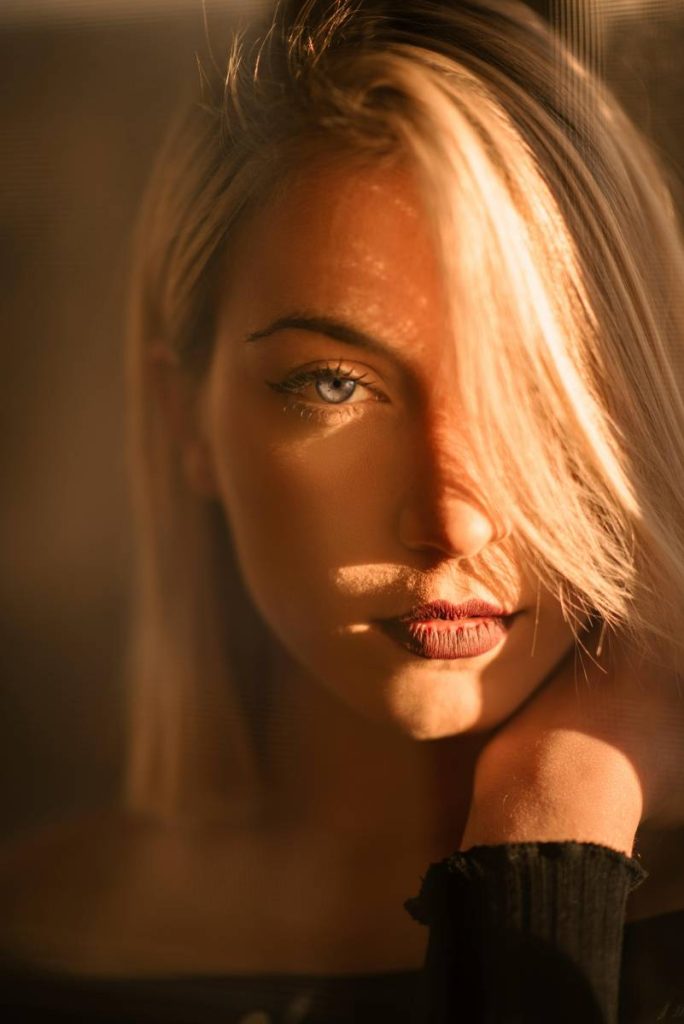
Essential Poses:
| Pose Name | Description |
|---|---|
| The Soft Gaze | Model looking down or sideways, with relaxed lips and gentle expression |
| Back Arch | Model lying or standing while slightly arching their back |
| Sitting Curl | Model sitting with legs curled, arms around knees, in a safe closed posture |
| Fabric Wrap | Use a sheet or scarf partially wrapped to create mystery and softness |
| Eyes Closed Pose | Enhances emotional depth—makes image feel introspective or serene |
| Hands in Hair | Creates gentle movement and focus on facial expression |
3. STYLING IDEAS FOR SENSUAL PHOTO SHOOTS
Keep styling simple, soft, and intentional. It’s more about what you feel in the image than what you see.
Color Palette:
- Neutrals: Cream, ivory, soft brown, beige
- Pastels: Blush pink, dusty rose, muted lavender
- Earth Tones: Olive, taupe, warm grey
- Black or deep tones for dramatic moods
Clothing Options:
| Style | Examples |
|---|---|
| Soft Textures | Oversized sweaters, silk robes, sheer shirts |
| Delicate Pieces | Lingerie, camisoles, satin bodysuits |
| Implied Nudity | White sheets, scarves, or hair covering the body |
| Layered Look | Long cardigans over lingerie, casual tees sliding off shoulder |
Prop Ideas:
- Sheer curtains
- Bed with rumpled linen sheets
- Candles or fairy lights
- Hand mirror or wall mirror
- Pillows and blankets
- Flowers (held, scattered, or near the body)
- Soft chair, fur rug, or vintage stool
Bonus Tips for a Successful Shoot
- Comfort First: Talk to the model beforehand. Discuss boundaries, music, and preferred angles.
- Keep Warm: If shooting in minimal clothing, ensure the room is heated and cozy.
- Play Music: A calm playlist helps set the right emotional tone.
- Give Gentle Direction: Instead of saying “pose,” try: “Take a breath and slowly look over your shoulder.”
- Review Shots Together (if comfortable): It builds trust and lets the model understand your vision.

